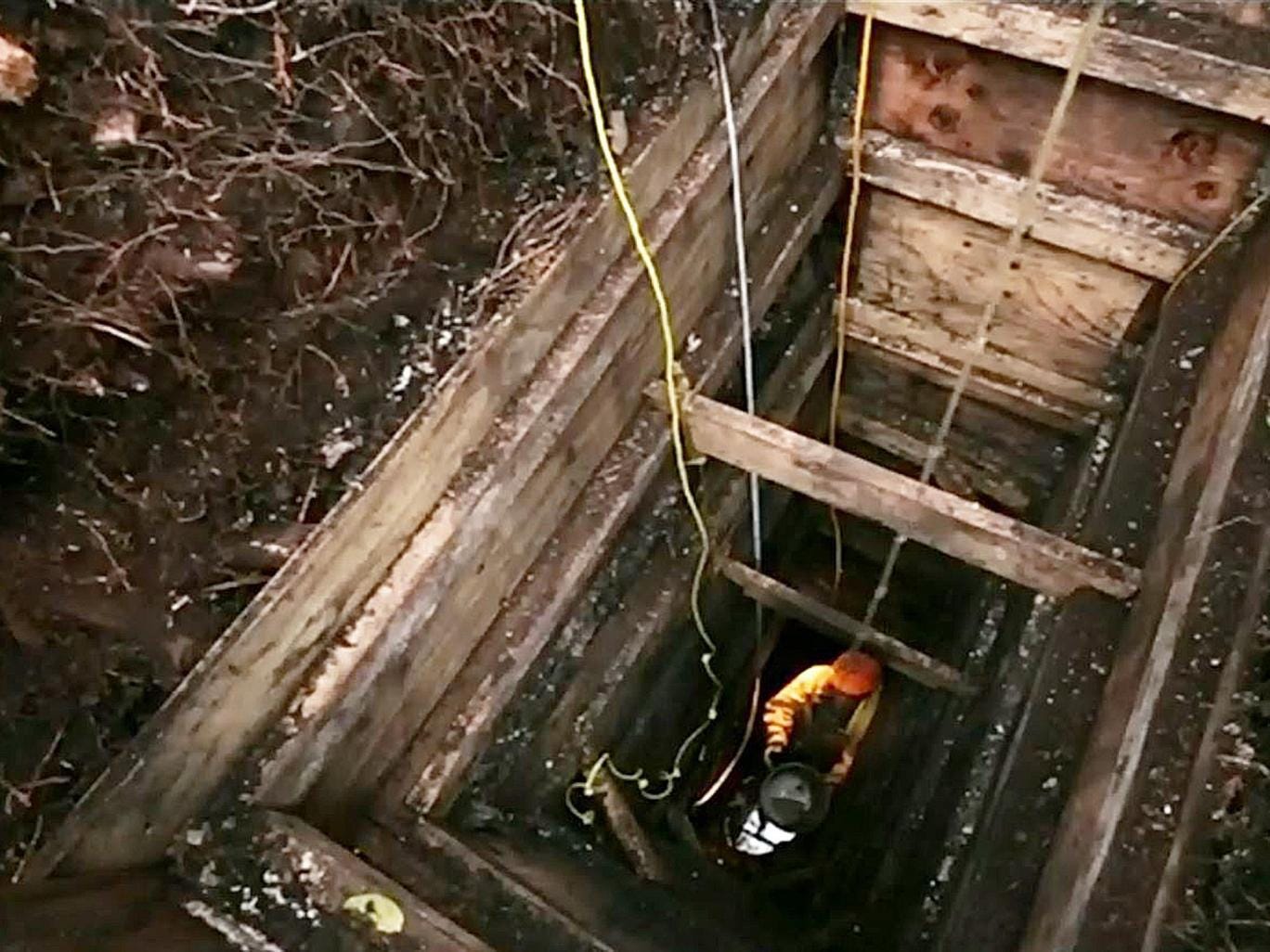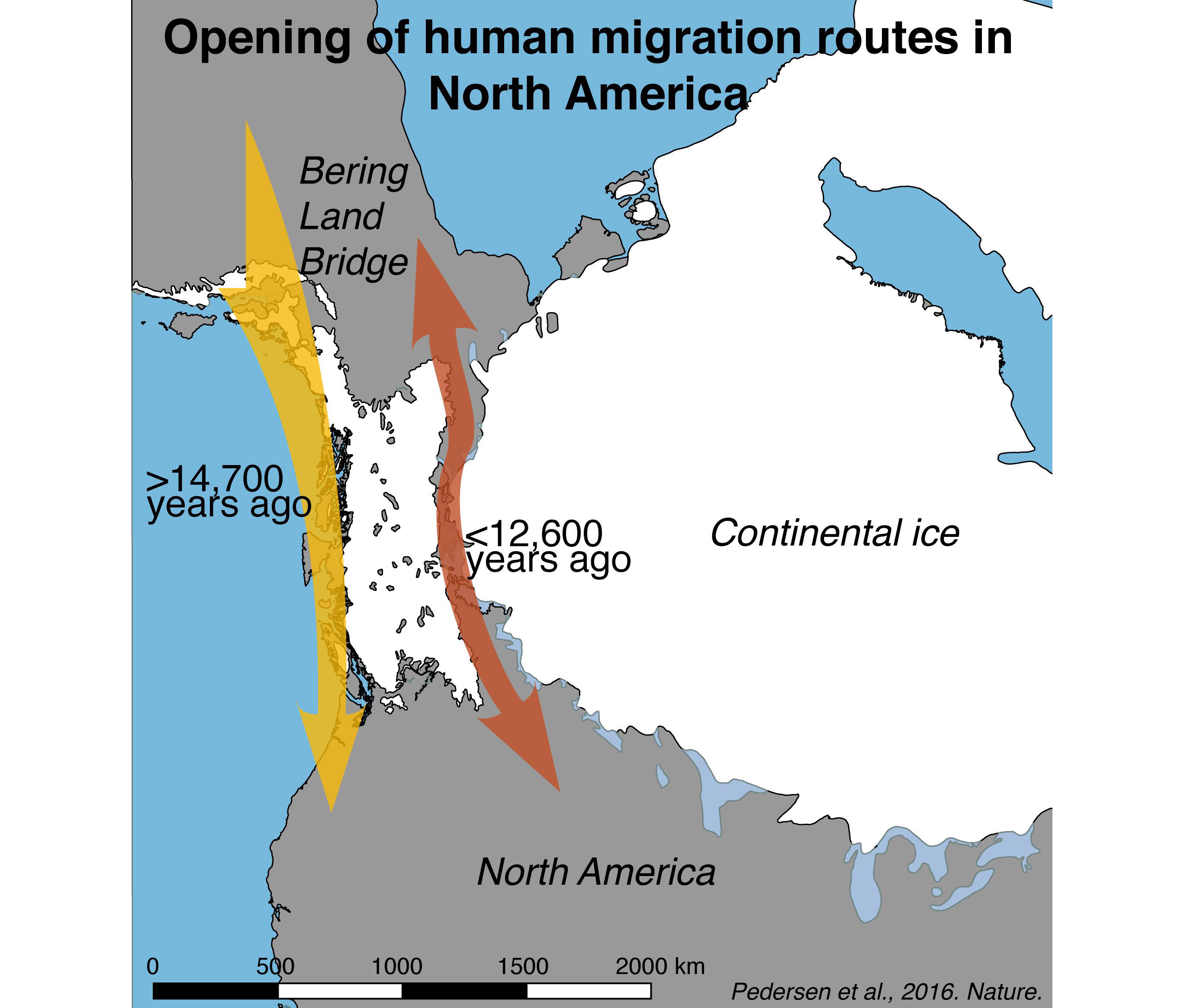Melodi
Disaster Cat
And once gain now that "Clovis Only" has finally bitten the dust, the real ages of sites in North America are being sorted out - a village this early is really amazing for ANYWHERE in the world, much less North America.
14,000-year-old village discovered in Canada one of oldest settlements ever found in North America
Site on Triquet Island confirms Heiltsuk Nation’s stories of ancient coastal communities passed on through generations
Chloe Farand

The Independent US
village-canada-edit.jpg
Archaeologists at the site are unearthing tools for lighting fires, fish hooks and spears dating back to the Ice Age CTV/ Hakai Institute
An ancient village believed to be one of the oldest human settlements ever found in North America has been discovered during an excavation on a remote island in British Columbia.
The village, which is estimated to be 14,000 years old, has been found on a rocky spit on Triquet Island, about 500 kilometres northwest of Victoria, Canada.
It is estimated the village is older than Egypt’s pyramids.
Read more
Scientists said the artefacts being unearthed, which include tools for lighting fires, fish hooks and spears dating back to the Ice Age, are painting a picture of how civilisation began in North America, CTV Vancouver Island News reports.
Alisha Gauvreau, an anthropology PhD student at the University of Victoria and a researcher at the Hakai Institute, which supports the archaeological team, took part in the excavation work.
She told the Canadian television network: “I remember when we get the dates back and we just kind of sat there going, holy moly, this is old. What this is doing is just changing our idea of the way in which North America was first peopled.”
Experts believe a large human migration may have occurred on British Columbia’s coastline.
But the discovery also matches the oral history of the Heiltsuk Nation, a First Nations government in British Columbia.
According to Heiltsuk Nation’s oral traditions, stories of ancient coastal villages have been passed down for generations.
William Housty, from the Heiltsuk Nation, said: “To think about how these stories survived all of that, only to be supported by this archaeological evidence is just amazing”.
http://www.independent.co.uk/news/w...-oldest-settlment-north-america-a7673726.html
14,000-year-old village discovered in Canada one of oldest settlements ever found in North America
Site on Triquet Island confirms Heiltsuk Nation’s stories of ancient coastal communities passed on through generations
Chloe Farand

The Independent US
village-canada-edit.jpg
Archaeologists at the site are unearthing tools for lighting fires, fish hooks and spears dating back to the Ice Age CTV/ Hakai Institute
An ancient village believed to be one of the oldest human settlements ever found in North America has been discovered during an excavation on a remote island in British Columbia.
The village, which is estimated to be 14,000 years old, has been found on a rocky spit on Triquet Island, about 500 kilometres northwest of Victoria, Canada.
It is estimated the village is older than Egypt’s pyramids.
Read more
Scientists said the artefacts being unearthed, which include tools for lighting fires, fish hooks and spears dating back to the Ice Age, are painting a picture of how civilisation began in North America, CTV Vancouver Island News reports.
Alisha Gauvreau, an anthropology PhD student at the University of Victoria and a researcher at the Hakai Institute, which supports the archaeological team, took part in the excavation work.
She told the Canadian television network: “I remember when we get the dates back and we just kind of sat there going, holy moly, this is old. What this is doing is just changing our idea of the way in which North America was first peopled.”
Experts believe a large human migration may have occurred on British Columbia’s coastline.
But the discovery also matches the oral history of the Heiltsuk Nation, a First Nations government in British Columbia.
According to Heiltsuk Nation’s oral traditions, stories of ancient coastal villages have been passed down for generations.
William Housty, from the Heiltsuk Nation, said: “To think about how these stories survived all of that, only to be supported by this archaeological evidence is just amazing”.
http://www.independent.co.uk/news/w...-oldest-settlment-north-america-a7673726.html






